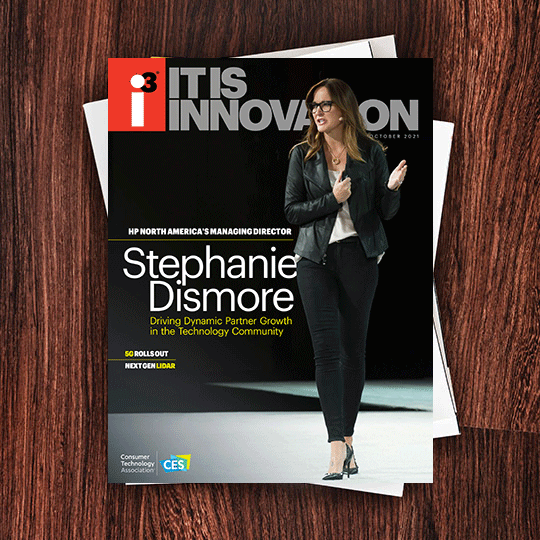Economic studies by Accenture commissioned by Qualcomm, predict 5G will generate up to $1.5 trillion in additional U.S. GDP between 2021 and 2025, and will create or transform up to 16 million American jobs.Joe Glynn, Qualcomm
5G and cloud computing allow organizations to connect millions of endpoints, analyze data and deliver immersive experiences5G and cloud computing allow organizations to connect millions of endpoints, analyze data and deliver immersive experiences Ami Silverman, Microsoft

I3, the flagship magazine from the Consumer Technology Association (CTA)®, focuses on innovation in technology, policy and business as well as the entrepreneurs, industry leaders and startups that grow the consumer technology industry. Subscriptions to i3 are available free to qualified participants in the consumer electronics industry.